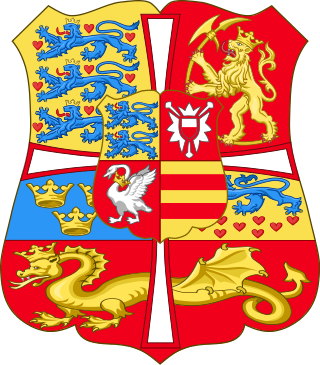
Nicolas of Lorraine, Duke of Mercœur, was the second son of Antoine, Duke of Lorraine, and Renée de Bourbon.

Elisabeth of Hesse was a German noblewoman.

Augustus was Elector of Saxony from 1553 to 1586.

Louis VI, Elector Palatine, was an Elector from the Palatinate-Simmern branch of the house of Wittelsbach. He was the first-born son of Frederick III, Elector Palatine and Marie of Brandenburg-Kulmbach.

Robert Cooke was an English Officer of Arms during the reign of Elizabeth I, who rose swiftly through the ranks of the College of Arms to Clarenceux King of Arms, serving in that office from 1567 until his death in 1592–3.

Anne of Denmark was a Danish princess from the House of Oldenburg. Through her marriage with Augustus of Saxony she became Electress of Saxony. She was renowned for her knowledge of plants and her skill in the preparation of herbal remedies, and contributed to the development of farming and horticulture in Saxony. She was a major influence in the introduction of orthodox Lutheranism and played a role in the decision to persecute Calvinists.
The table of years in poetry is a compact directory of all "years in poetry" pages—decades and centuries prior to 1500.

Countess Elisabeth of Nassau-Dillenburg was a daughter of William I, Count of Nassau-Siegen and Juliana of Stolberg and was one of the sisters of William the Silent.

Pope Pius IV created 46 cardinals in four consistories:
Events from the 1560s in Denmark.
James Calfhill (1530?–1570) was an Anglican priest, academic and controversialist, who died as Archdeacon of Colchester and Bishop-designate of Worcester.








